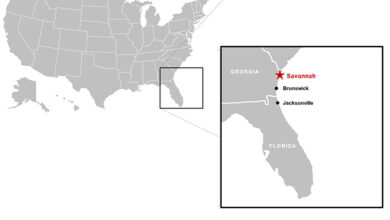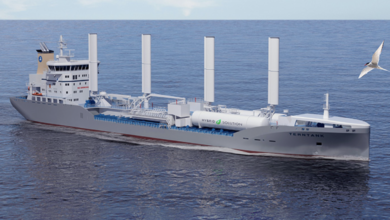HomeNewsPorts NewsShipping News
PORT OF LOS ANGELES HEADED TO RECORD CARGO YEAR
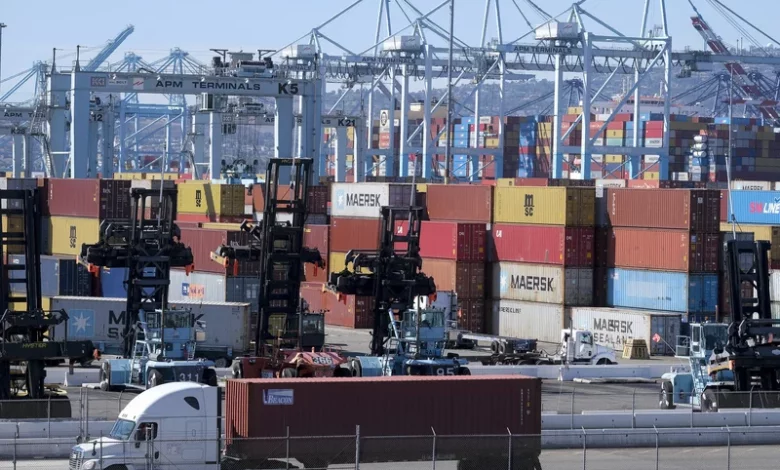
With November Volumes of 811,460 TEUs,
The port is on Track to Reach 10.7 Million TEUs
SAN PEDRO, Calif. – The Port of Los Angeles is on track to break a new record for cargo throughput in 2021, processing more volume than any port in the Western Hemisphere. With two weeks left in the year, the Port anticipates its final volume will be approximately 10.7 million Twenty-Foot Equivalent Units (TEUs), about 13 percent more than its previous record set in 2018.
“As we approach a new cargo milestone amid this pandemic, I’m so proud of the resilience of this Port, our labor force, and all of our partners,” said Port of Los Angeles Executive Director Gene Seroka. “While there is much more that we need to improve upon, we’re delivering record amounts of cargo and goods are making their way into the hands of consumers and manufacturers.“Moving into 2022,” Seroka added, “we’ll continue our focus on efficiency improvements, job creation, and economic development.”
Overall November cargo volume dipped 8.8 percent to 811,460 TEUs compared to last year. Half of the 86 container vessels that arrived in November carried less than 5,300 TEU capacity. Smaller vessels can take nearly as long to process as larger ones and was a contributing factor in the year-over-year monthly decline.
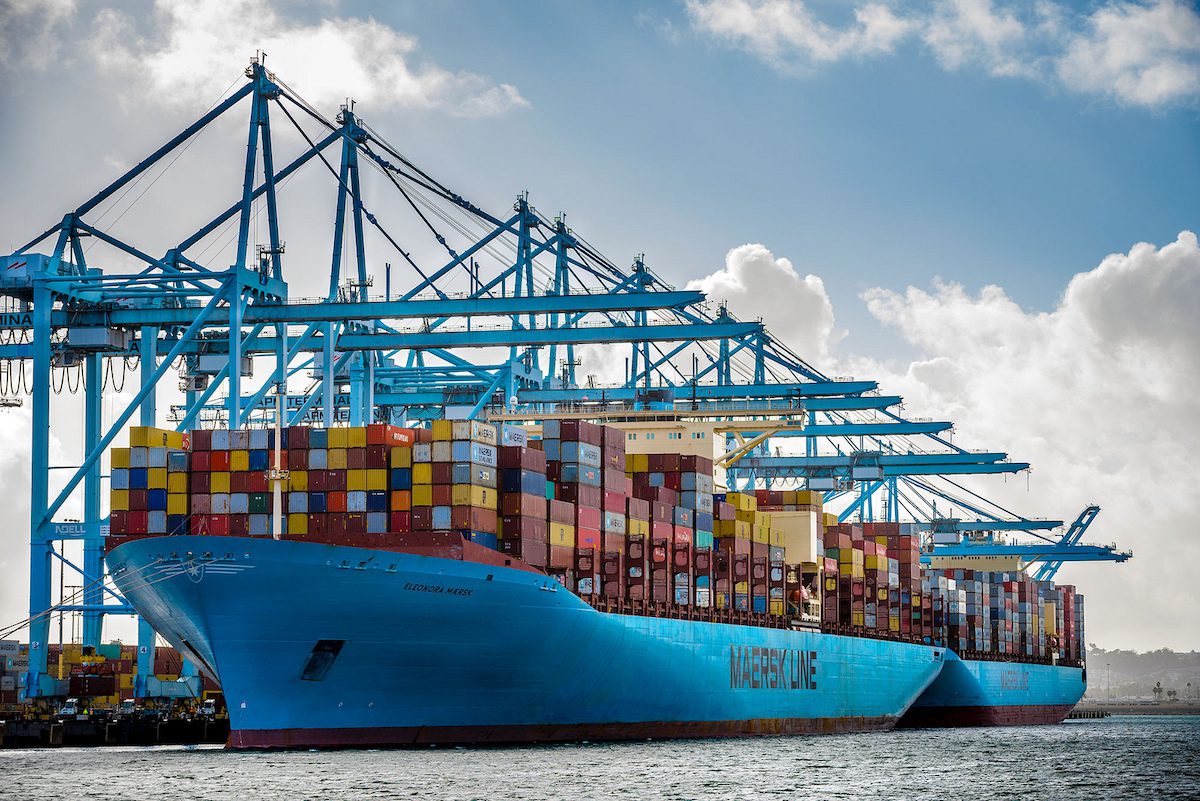
November imports landed at 403,444 TEUs, a 13.2% decline compared to the previous year. Overall, however, 2021 imports are on track for an all-time record of about 5.5 million TEUs, 13% higher than the 2018 import record.
Loaded exports dropped 36.8% to 82,741 TEUs compared to 2020. Exports have declined in 33 of the last 37 months.
Empty containers, in high demand for Trans-Pacific transit back to Asia, increased to 325,275, a rise of 10.6% compared to a year ago.
Eleven months into 2021, the Port has processed 9,891,021 TEUs, 18.7% more than the same time last year.
For a snapshot of the Port’s current operational status, including the latest data available for monitoring cargo, tracking vessels, and gauging terminal activity, visit portoflosangeles.org/dashboard.
North America’s leading seaport by container volume and cargo value, the Port of Los Angeles facilitated $259 billion in trade during 2020. San Pedro Bay port complex operations and commerce facilitate one in nine jobs across the counties of Los Angeles, Orange, Riverside, San Bernardino, and Ventura. The Port of Los Angeles has remained open with all terminals operational throughout the COVID-19 pandemic.
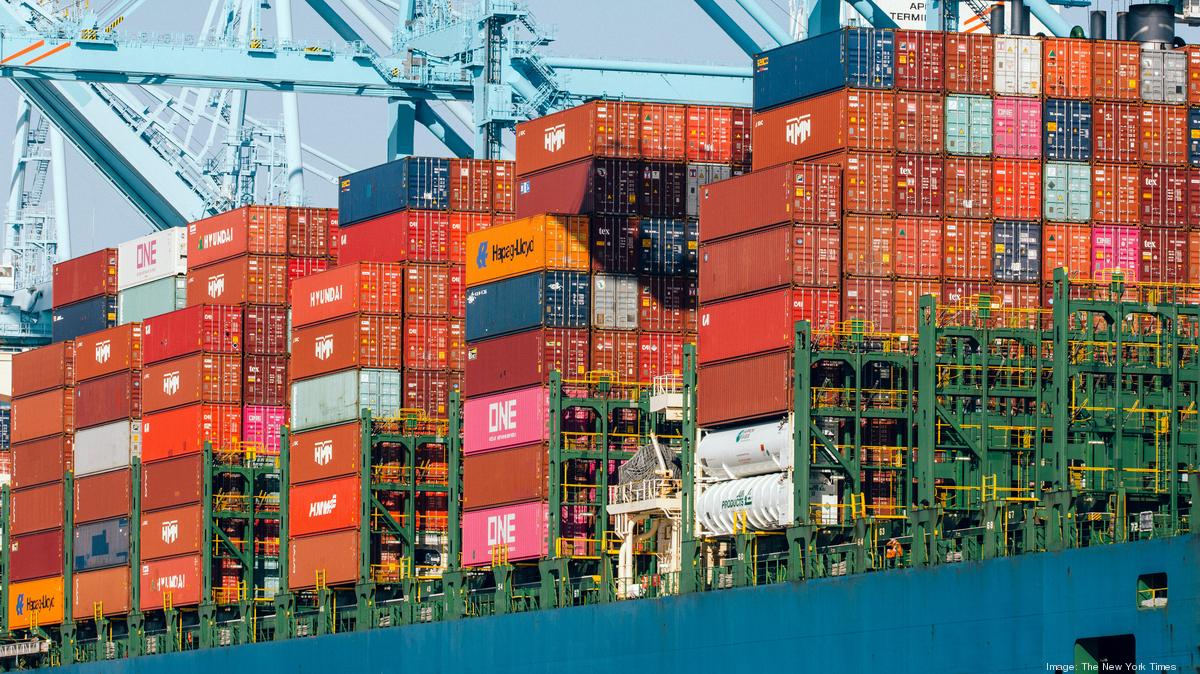
Latest Monthly Container Counts
The table below shows container counts (TEUs) for the latest recorded month. Statistics for the prior month are released on or around the 15th day of the following month.
| November | 2021 | 2020 | Change | % Change |
|---|---|---|---|---|
| Loaded Imports | 403,443.90 | 464,819.70 | (61,375.80) | -13.20% |
| Loaded Exports | 82,741.35 | 130,916.50 | (48,175.15) | -36.80% |
| Total Loaded | 486,185.25 | 595,736.20 | (109,550.95) | -18.39% |
| Total Empty | 325,274.65 | 294,009.95 | 31,264.70 | 10.63% |
| Total | 811,459.90 | 889,746.15 | (78,286.25) | -8.80% |
| 9,891,020.95 | 8,334,209.90 | 1,556,811.05 | 18.68% | |
| Fiscal Year 2020/2021 | 4,463,145.55 | 4,572,321.40 | (109,175.85) | -2.39% |
Annual Container Statistics
Find container counts for the Port of Los Angeles dating back to 1981. Click on the desired year to view the monthly breakdown. Container counts (TEUs) for years 1981-1994 are provided in calendar year totals only; monthly breakdowns prior to the calendar year 1995 are unavailable. Click here for fiscal year totals from 1999-2021.
| 2020-2021 | 2010-2019 | 2000-2009 | 1990-1999 | 1981-1989 | |||||
|---|---|---|---|---|---|---|---|---|---|
| 2020 | 9,213,395.95 | 2010 | 7,831,902.30 | 2000 | 4,879,428.60 | 1990 | 2,116,410.00 | 1980 | unavailable |
| 2021 | year in progress | 2011 | 7,940,510.95 | 2001 | 5,183,519.90 | 1991 | 2,039,164.75 | 1981 | 476,248.90 |
| 2012 | 8,077,714.30 | 2002 | 6,105,863.15 | 1992 | 2,289,271.45 | 1982 | 606,189.20 | ||
| 2013 | 7,868,582.05 | 2003 | 7,178,940.10 | 1993 | 2,318,920.35 | 1983 | 733,978.55 | ||
| 2014 | 8,340,065.65 | 2004 | 7,321,440.10 | 1994 | 2,518,618.65 | 1984 | 908,417.00 | ||
| 2015 | 8,160,457.90 | 2005 | 7,484,624.45 | 1995 | 2,555,205.95 | 1985 | 1,103,722.00 | ||
| 2016 | 8,856,782.80 | 2006 | 8,469,853.00 | 1996 | 2,683,025.90 | 1986 | 1,329,649.00 | ||
| 2017 | 9,343,192.95 | 2007 | 8,355,038.50 | 1997 | 2,959,714.20 | 1987 | 1,579,629.00 | ||
| 2018 | 9,458,748.50 | 2008 | 7,849,985.20 | 1998 | 3,378,218.70 | 1988 | 1,652,066.00 | ||
| 2019 | 9,337,632.40 | 2009 | 6,748,994.55 | 1999 | 3,828,850.50 | 1989 | 2,056,626.00 | ||





